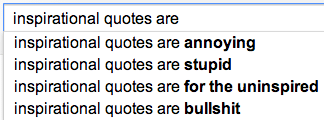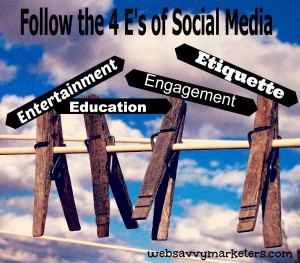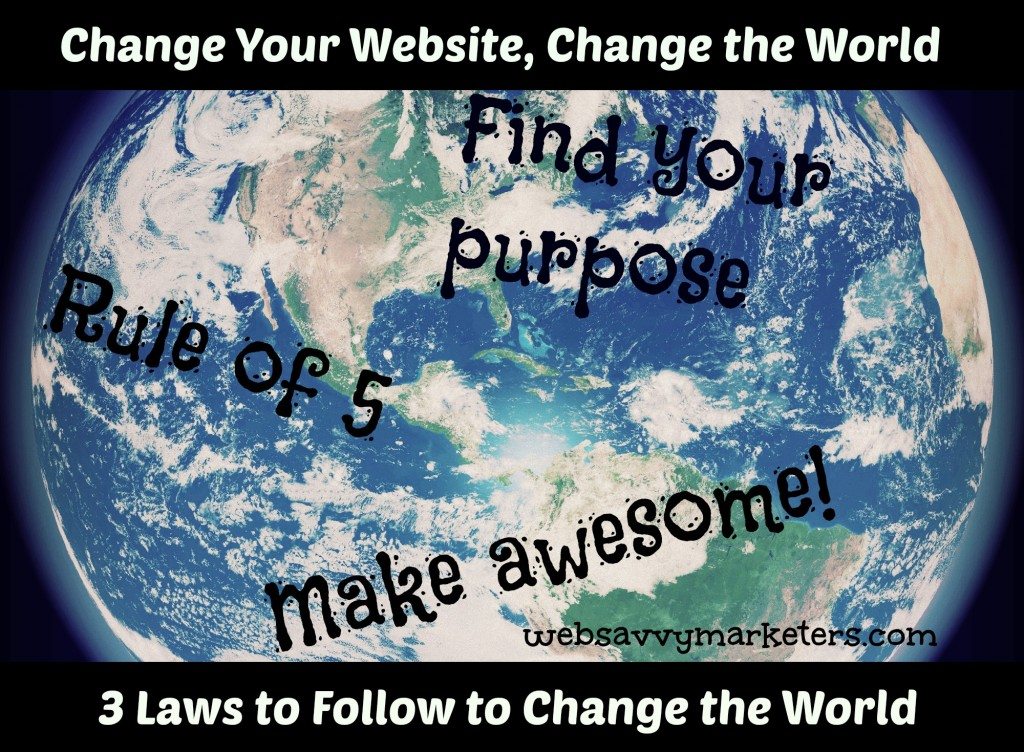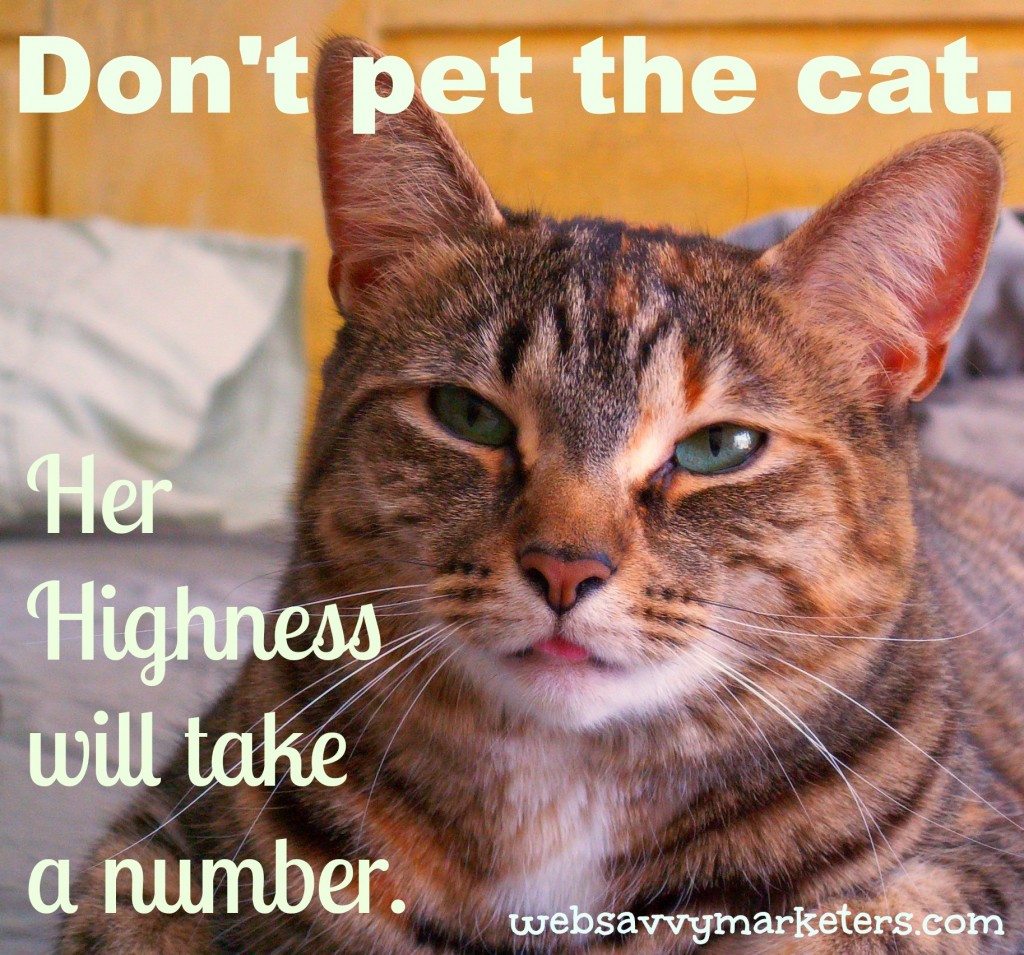 Google Plus announced in the fall of 2012 that they had officially surpassed the 400 million registered users mark. About 100 million of those users actively check their Google Plus accounts, Gigaom.com reports. That is a potential pool of 100 million customers, some of whom will be interested in what you are selling. Companies such as H&M, BMW and Mercedes-Benz consistently engage customers through Google Plus, and the effort appears to be paying off. Each of these corporations has more than 2 million followers.
Google Plus announced in the fall of 2012 that they had officially surpassed the 400 million registered users mark. About 100 million of those users actively check their Google Plus accounts, Gigaom.com reports. That is a potential pool of 100 million customers, some of whom will be interested in what you are selling. Companies such as H&M, BMW and Mercedes-Benz consistently engage customers through Google Plus, and the effort appears to be paying off. Each of these corporations has more than 2 million followers.
It’s understandable if your company is wrapped up in marketing efforts through Facebook and Twitter. After all, those seem to be the networks everyone is using. While you’re posting and tweeting in those spaces, though, you may be missing a large, well-educated audience that hangs out at Google Plus.
Who’s Using Google Plus
Google reports that, at nearly 70 percent, users of Google Plus are overwhelmingly male. They are well-educated and technologically savvy; they are not on Google Plus to find out what you had for lunch or how your sister-in-law is doing after the birth of her child. This is their tool for keeping up-to-date on the things that matter.
Another lure of the average Google Plus user: According to the search giant, their users have far more money than those who use other social networks. While 16 percent of Facebook and Tumblr users make more than $100,000 a year, a full 30 percent of Google Plus users do.
The Basics
Signing up for a Google Plus account is as easy as signing into your Gmail account. If you don’t have a Gmail account, you know the drill. Simply go to Gmail.com, and register by coming up with a user name and password. That’s it. Once you have a legitimate Gmail account, you can begin to access all those millions of people who also have Gmail accounts. You can reach your Google Plus account directly at plus.google.com.
Practical Viewpoint
A strong presence on Google Plus is directly correlated with stronger search engine results. The only real way to gain traction online is through search engine results, and Google is the gatekeeper. If you are going to market online, you need to see Google as your ally. That friend is handing you a golden ticket to the party through Google Plus. This complex system is one of the greatest assets in social media marketing, www.dsl.com reports, whether we like it or not; business owners who ignore it are missing out.
Google Is Listening
While behemoths such as Facebook and Twitter may take forever to make the kinds of changes their users clamor for, Google is good about keeping an ear to the ground. In fact, the organization of Google Plus has changed dramatically over the past two years to keep up with what users tell them they want. The site allows you to separate people into categories, depending upon whether they are friends, family, acquaintances or people you are following. While that may not sound like much, it enables you to pinpoint the audience you reach. There’s no reason to let your mother know about the new promotion going on at your gym if she’s not going to be interested. You can upload text, photos, links, videos or special events, and target them precisely to the people who are most likely to care.
Circles
While “circles” may sound like a cute way of saying “friends,” it really is more than that. Because your personal circle is broken down by category, the direction you choose to expand your circle is up to you. For example, if you have a particular business acquaintance and would like to have more like him, you are able to reach out to the people in his circle and ask them to join yours. No, you may not be as interested in your brother’s softball buddies, but then, you don’t have to expand your circle in that direction.
Growth
Business Insider made waves in May by reporting that Google Plus was outpacing Twitter and poised to become the second largest social network in the world (behind Facebook). What makes this particularly surprising is that Google Plus got off to a slow start following its 2011 launch. Although millions of people signed up to use it, critics panned it to the point that users lost interest, and many never even accessed the accounts they set up. Business Insider goes on to say the recent rapid rise of active Google Plus users is likely due to a number of factors, including Google’s efforts to link all of their services together—so if a user signs into one, he signs into them all.
Google Plus is already an important marketing tool, and it’s poised to become a force. Business owners need to be on board.
Image by Flickr user Bruce Clay, Inc.










